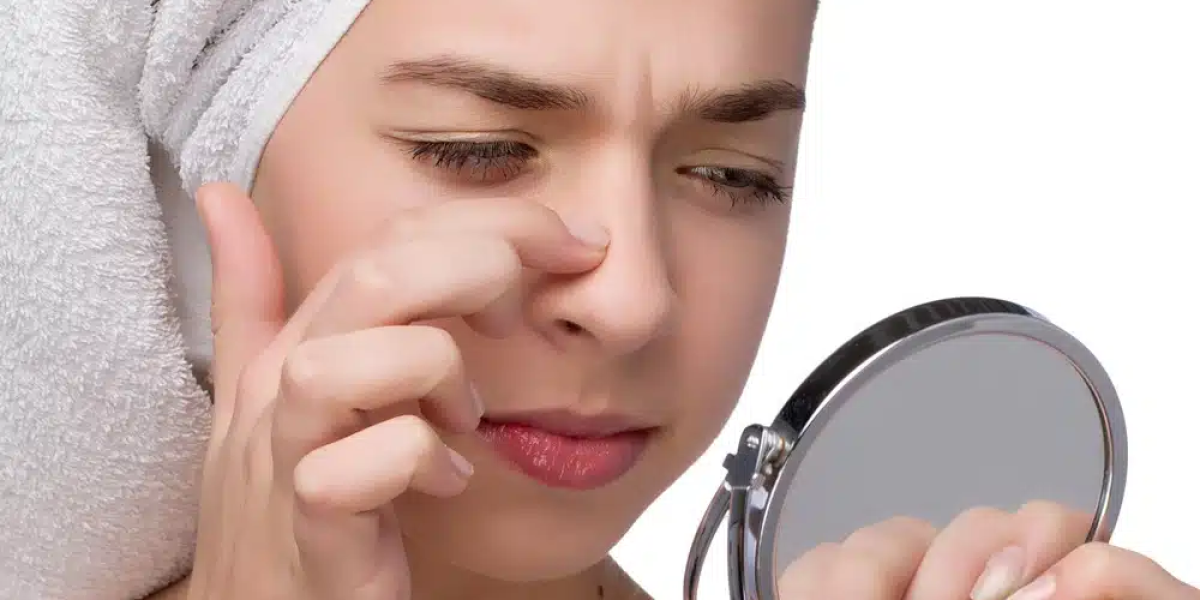Rhinoplasty is often thought of as a cosmetic surgery intended to improve the appearance of the nose, but it can also have functional benefits, particularly for individuals who suffer from breathing problems. Many people experience difficulties breathing through their nose due to structural issues or medical conditions, and rhinoplasty can address these concerns. This article explores how rhinoplasty can help with breathing problems, outlining the underlying causes of nasal obstruction and how surgery can provide relief.
Understanding Nasal Breathing Problems:
Rhinoplasty in Dubai (تجميل الأنف في دبي), Breathing through the nose is crucial for filtering, warming, and humidifying the air we breathe. However, some individuals struggle with nasal obstruction, which can lead to difficulty in breathing, snoring, or even sleep apnea. The causes of nasal obstruction are varied and may include a deviated septum, nasal polyps, enlarged turbinates, or structural issues related to the nasal passages. A deviated septum, where the wall between the nostrils is off-center, is one of the most common causes of nasal breathing difficulties.
Rhinoplasty: More Than Just Aesthetic Benefits:
While rhinoplasty is widely known for its cosmetic purposes, it can also be performed to improve nasal function. In fact, when rhinoplasty is performed to address breathing problems, it is often referred to as functional rhinoplasty. The goal of this procedure is to correct the structural issues inside the nose that contribute to difficulty breathing. By addressing internal issues like a deviated septum or obstructed nasal passages, rhinoplasty can significantly improve airflow and enhance a person’s ability to breathe freely.
How Rhinoplasty Can Improve Breathing:
The surgical procedure involves reshaping or repositioning the nasal structures to improve airflow. For individuals with a deviated septum, a surgeon can straighten the septum to open up the nasal passages. In cases where the turbinates (small structures inside the nose that warm and filter air) are enlarged, reducing their size can help to clear the airway. Additionally, rhinoplasty can correct other structural issues, such as nasal valve collapse, which can restrict airflow. These changes help to increase the size of the nasal passages and improve breathing function.
Combination with Other Procedures:
In some cases, rhinoplasty may be combined with other procedures to maximize breathing improvements. For example, septoplasty is often performed in conjunction with rhinoplasty to address a deviated septum. This combination allows both the aesthetic and functional concerns to be addressed in one surgery. Septoplasty focuses on correcting the septum’s position, while rhinoplasty shapes the external appearance of the nose. The combined procedure not only enhances appearance but also restores normal airflow.
The Benefits of Improved Breathing:
Improved nasal breathing can have a profound impact on a person’s quality of life. For individuals who suffer from chronic congestion, constant snoring, or difficulty breathing during physical activity, rhinoplasty can provide long-term relief. Many individuals report a significant improvement in their sleep quality, reduction in snoring, and increased ability to perform physical activities after having surgery. Improved breathing can also have a positive impact on overall health, reducing the risk of conditions like sleep apnea and sinus infections.
Is Rhinoplasty the Right Solution for Breathing Problems?
While rhinoplasty can be an effective solution for many breathing issues, it is not always the best option for everyone. A thorough evaluation by a medical professional is essential to determine whether rhinoplasty is appropriate. In some cases, breathing problems may be caused by allergies or other medical conditions that do not require surgical intervention. It’s important to discuss all available treatment options and understand the potential benefits and risks before deciding on surgery.
Conclusion:
Rhinoplasty is not only a cosmetic procedure but also a functional one that can help individuals breathe better by correcting structural issues in the nose. Whether the cause is a deviated septum, enlarged turbinates, or nasal valve collapse, rhinoplasty can address these problems and significantly improve airflow. For many, the benefits of improved breathing go beyond just physical relief; they can experience better sleep, enhanced energy levels, and an overall improved quality of life. If you are struggling with breathing problems, rhinoplasty may offer the solution you need to restore normal nasal function.












